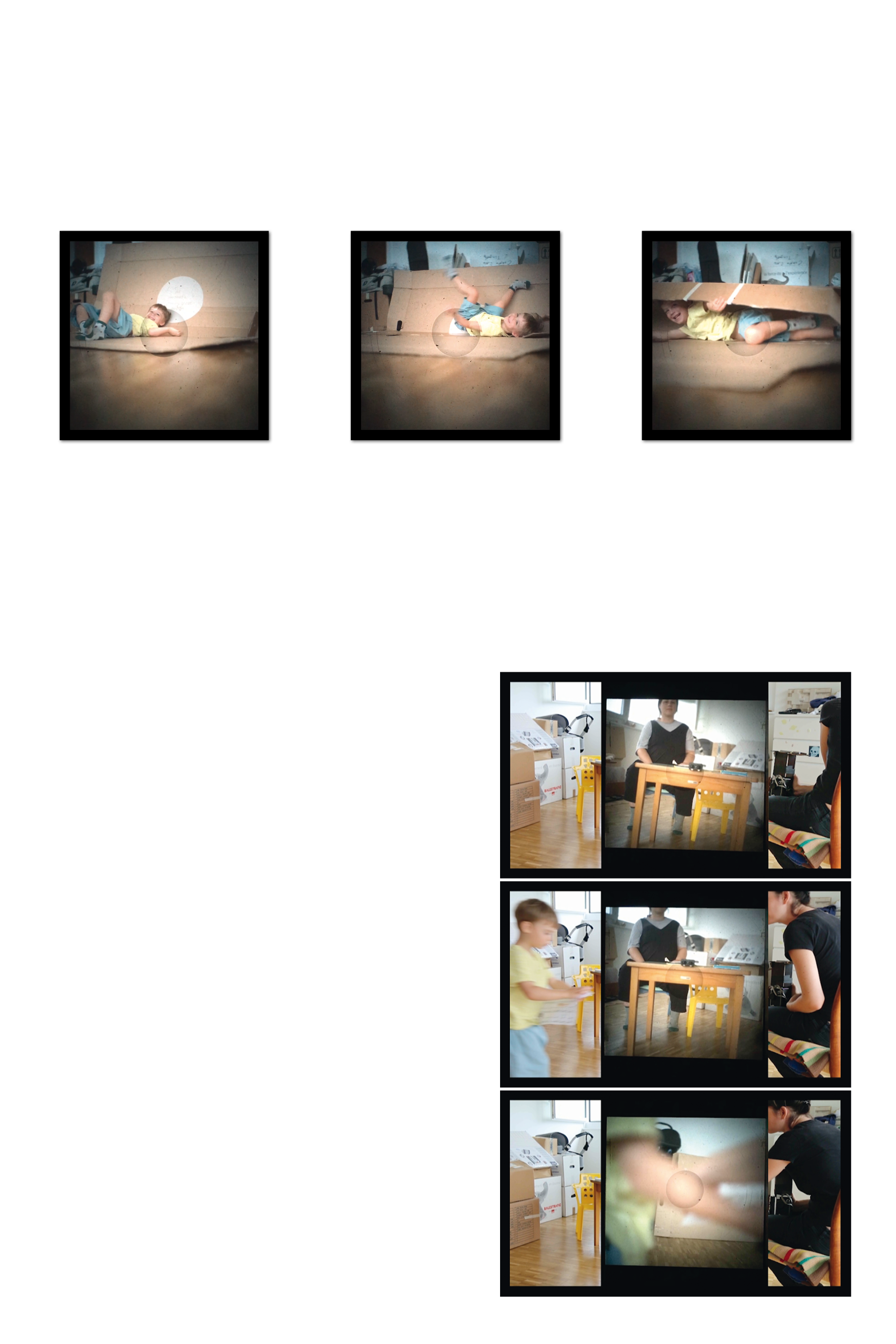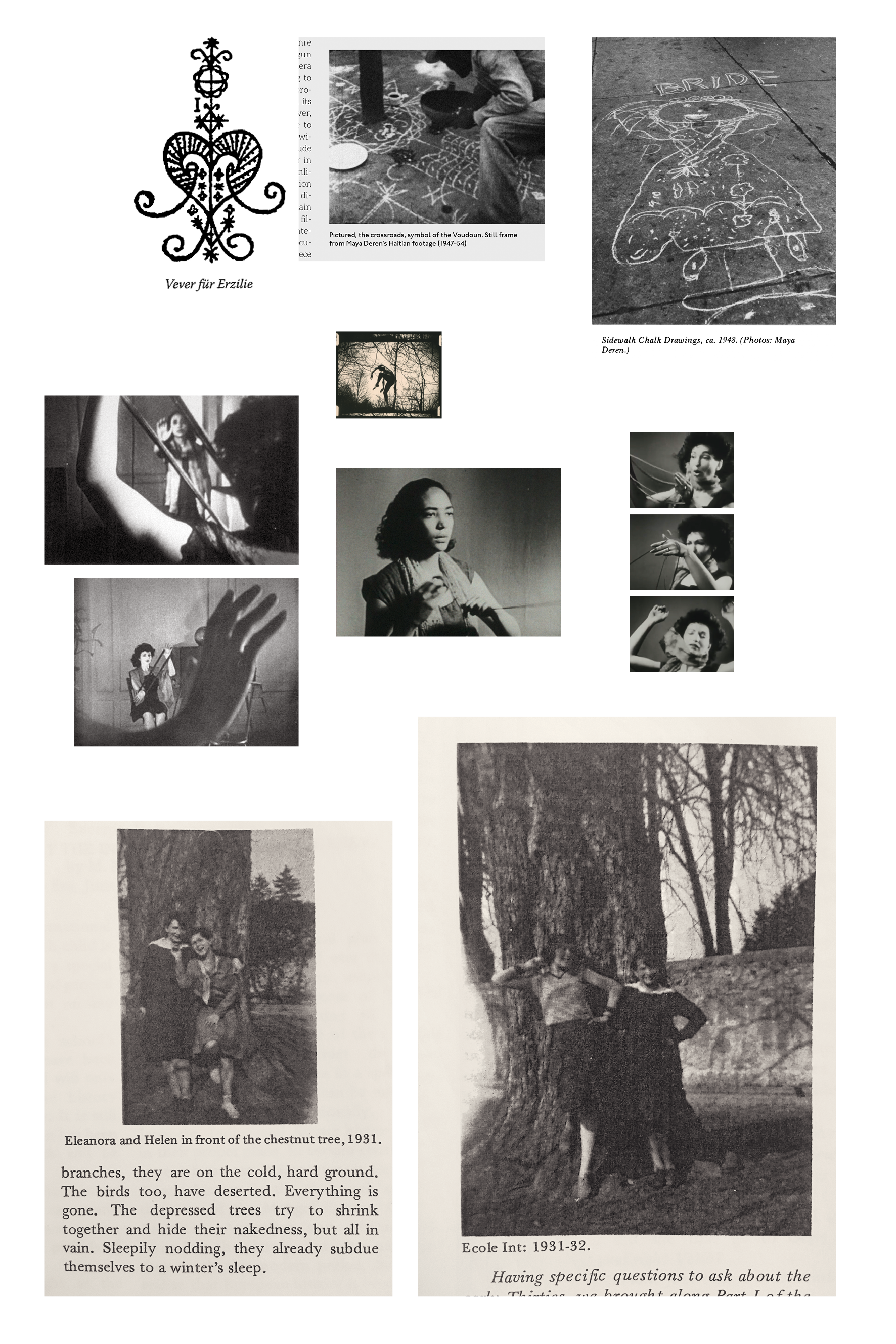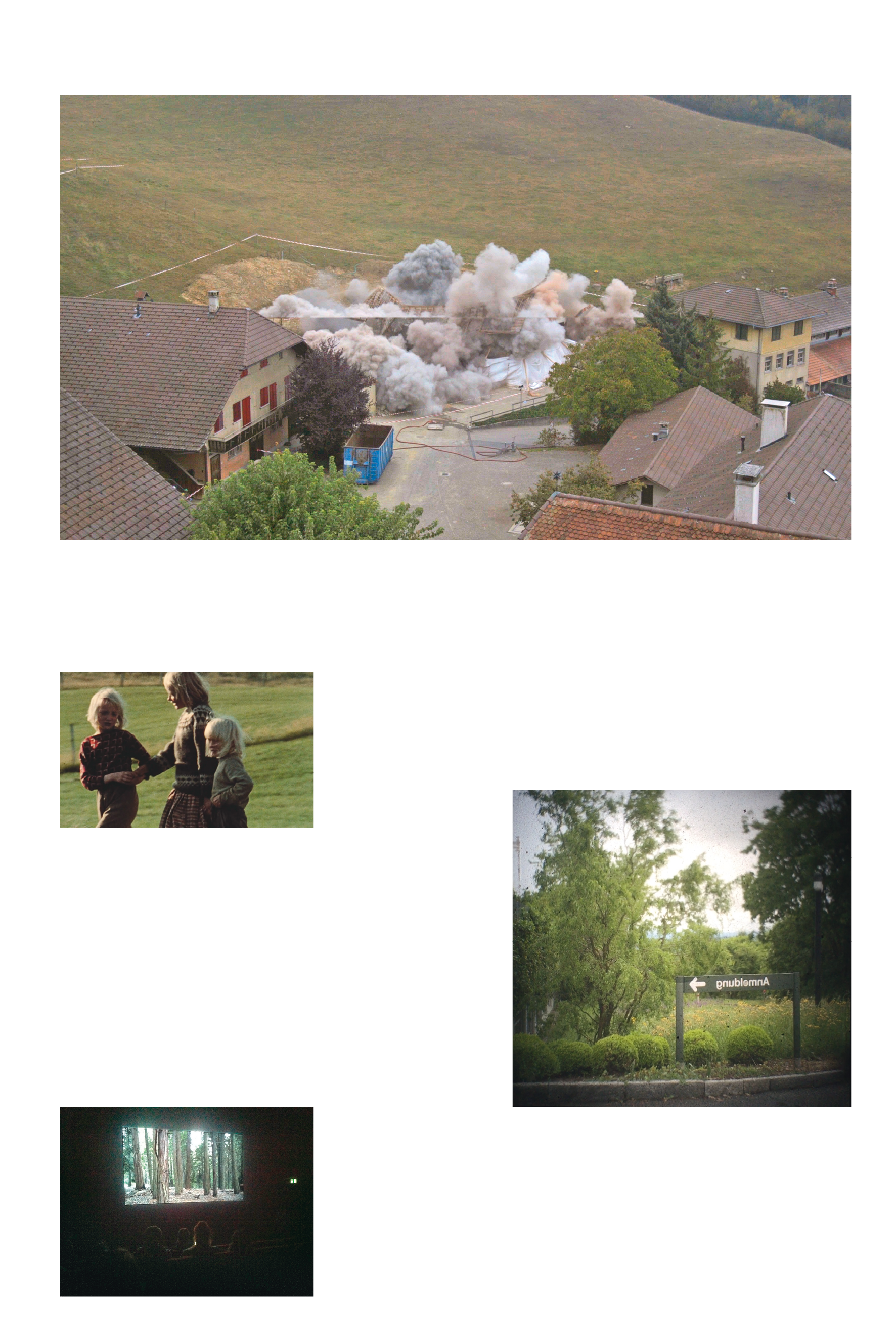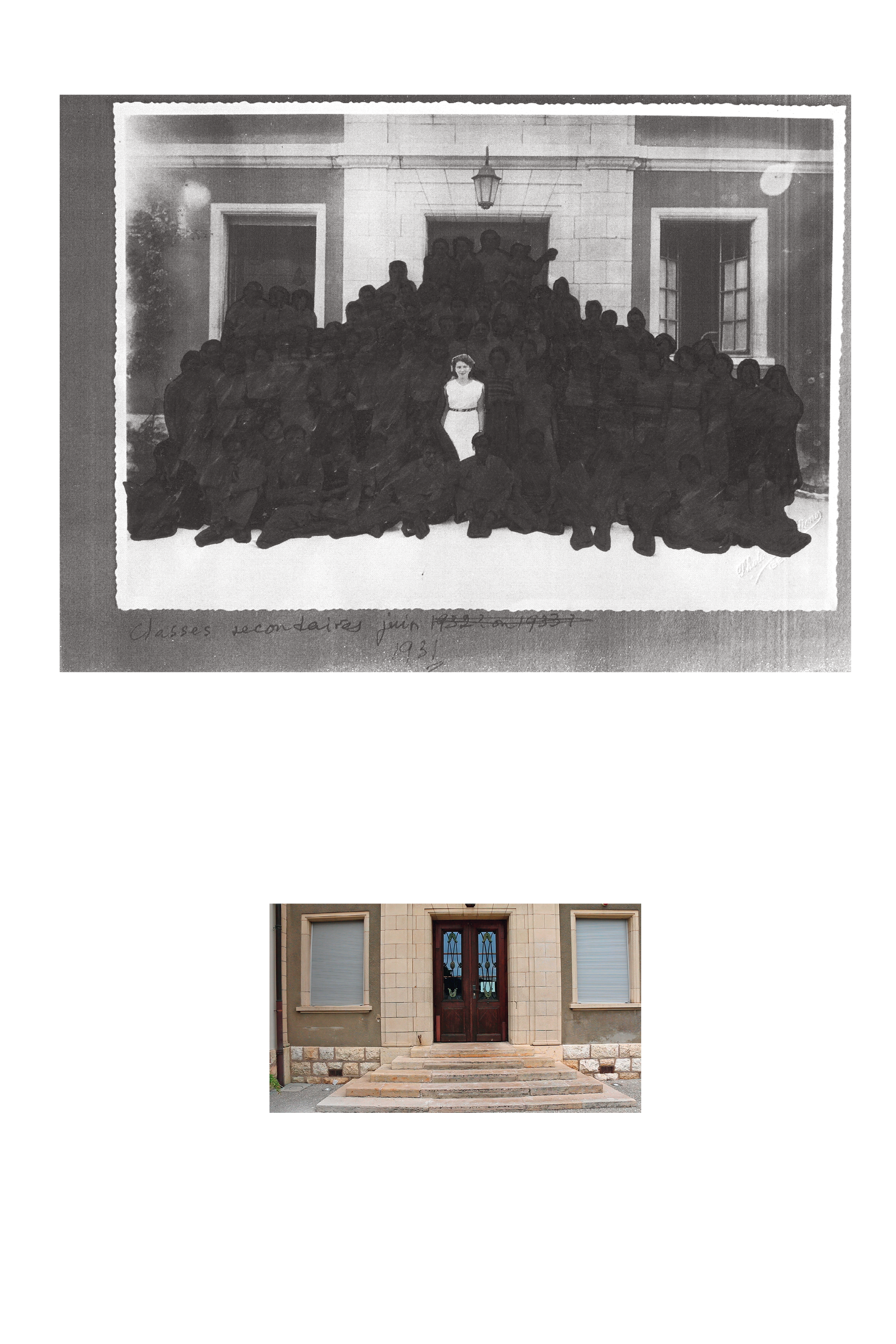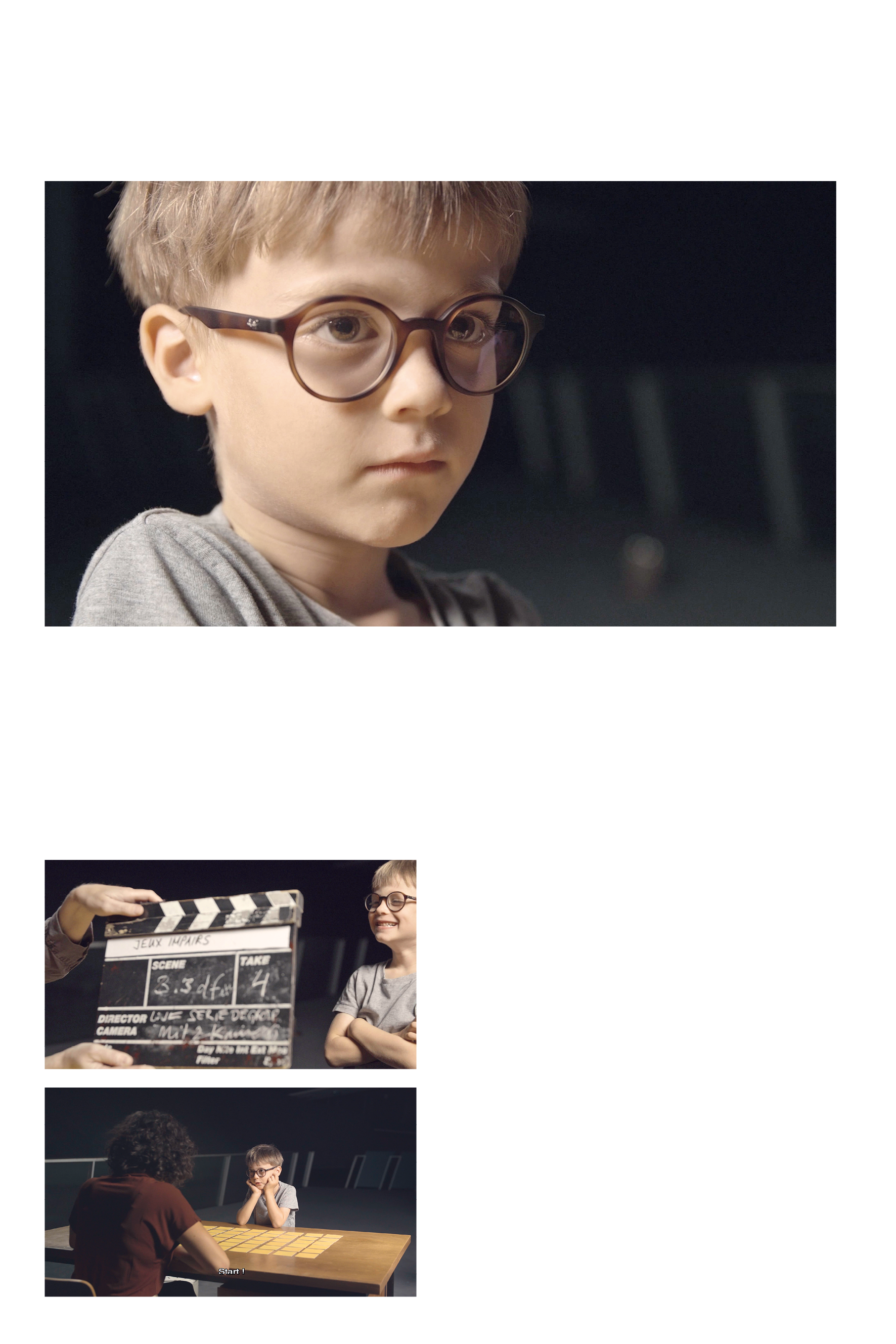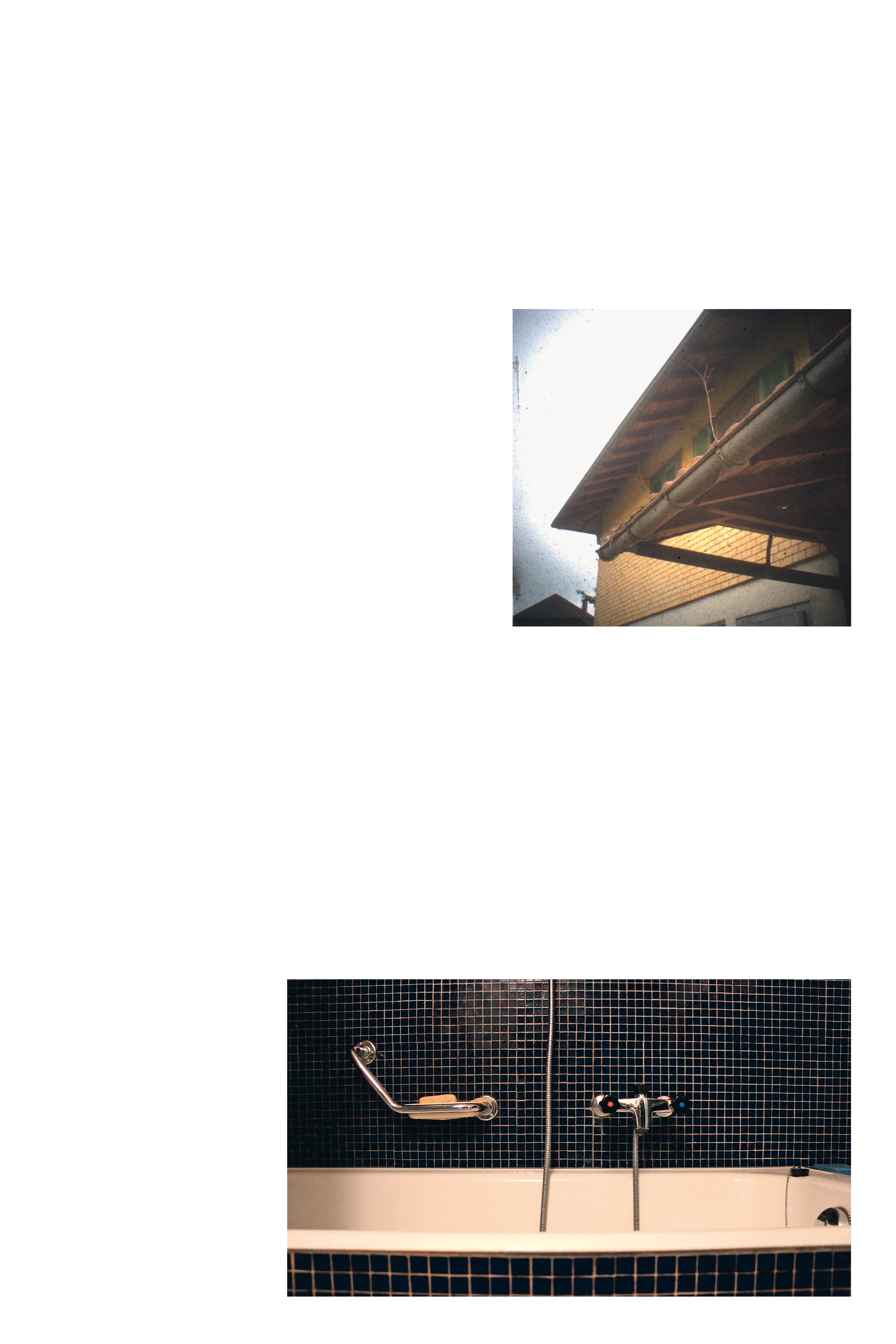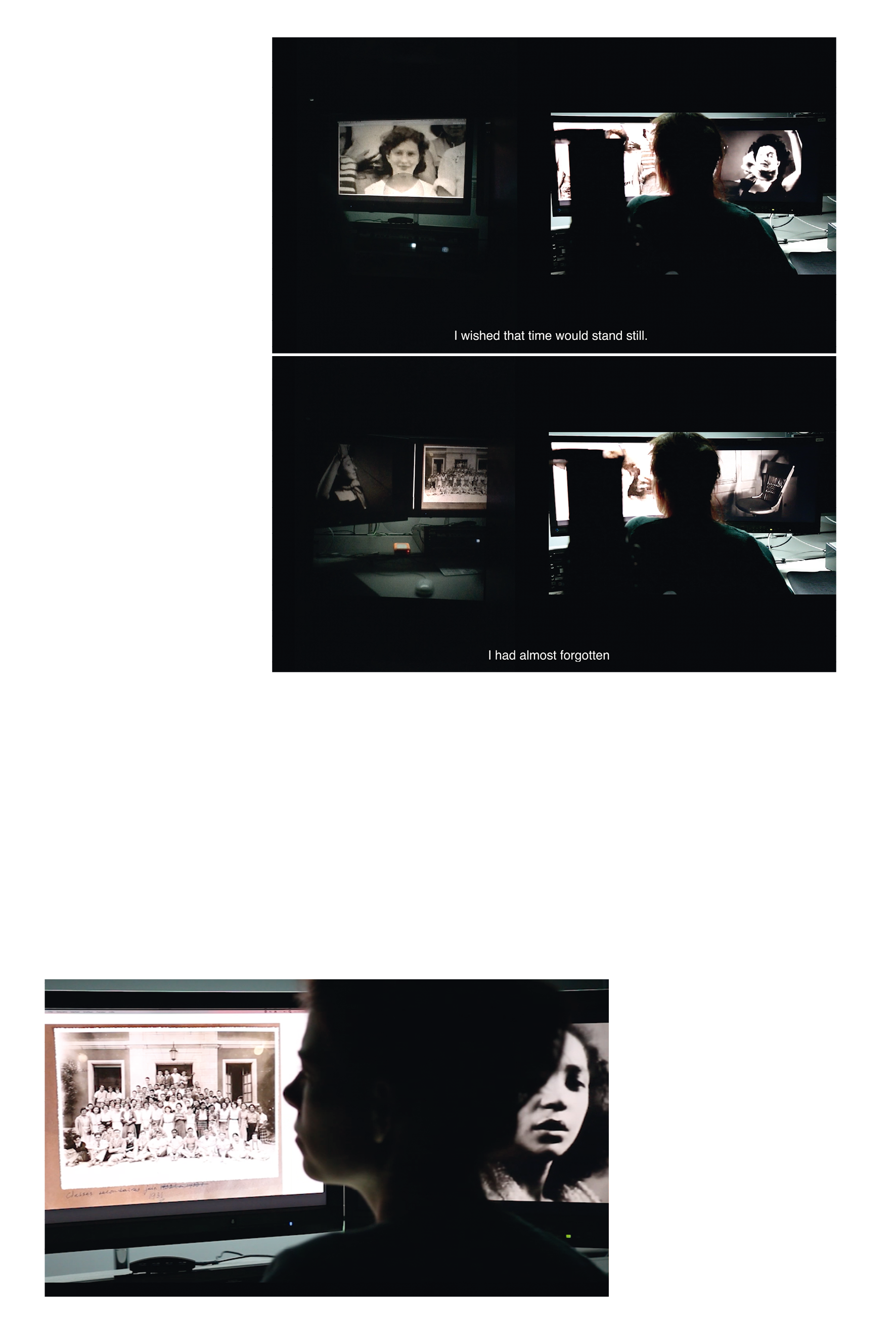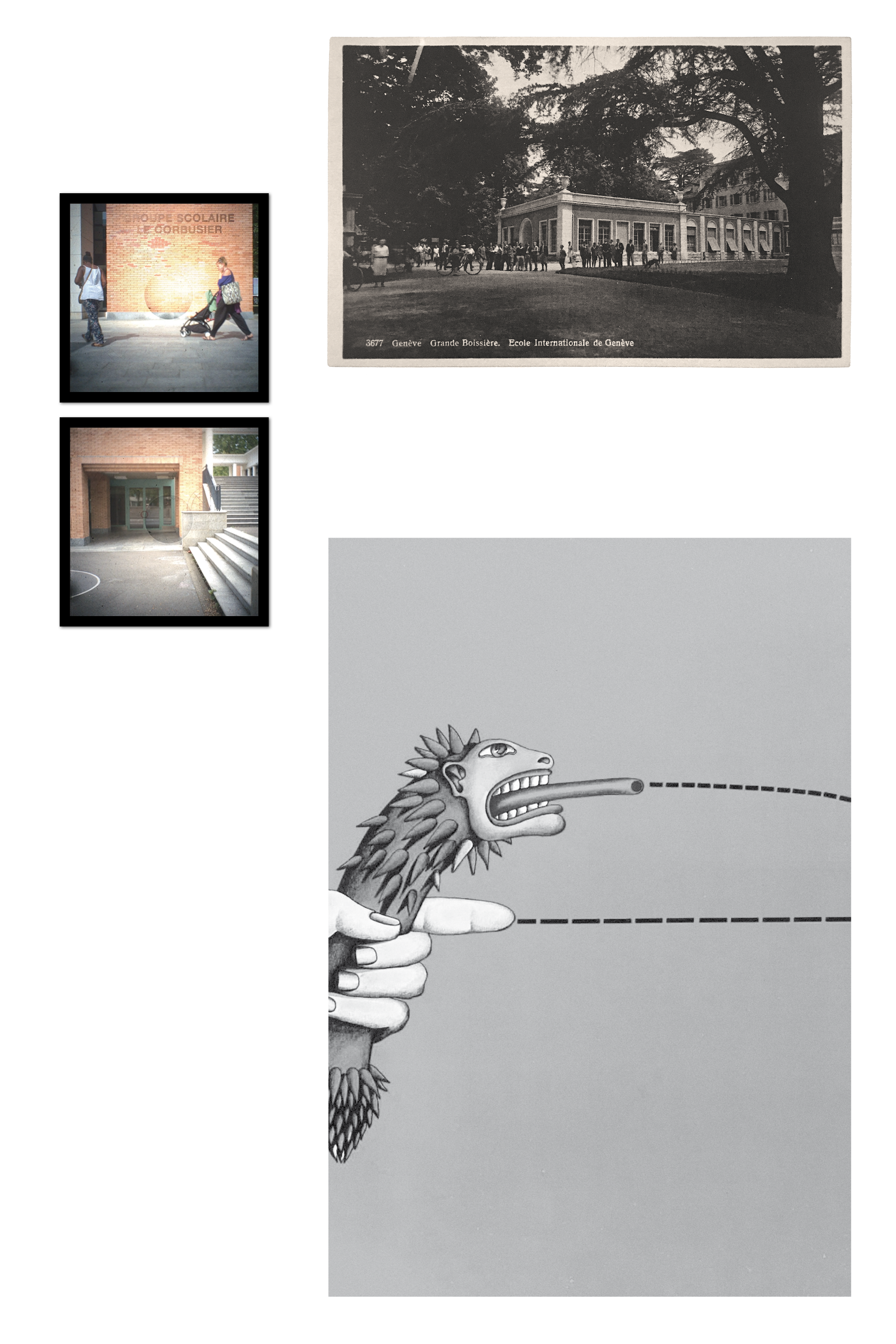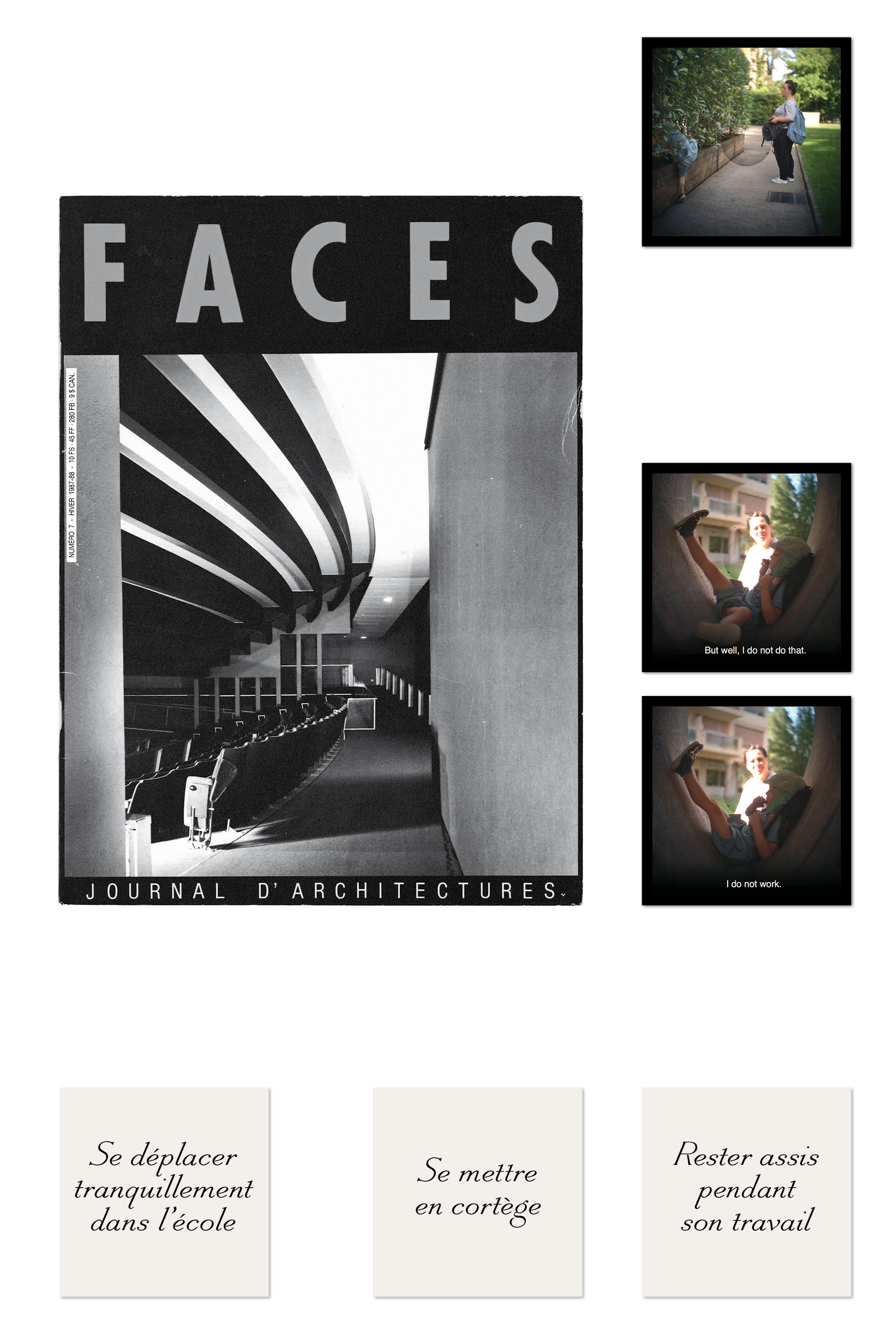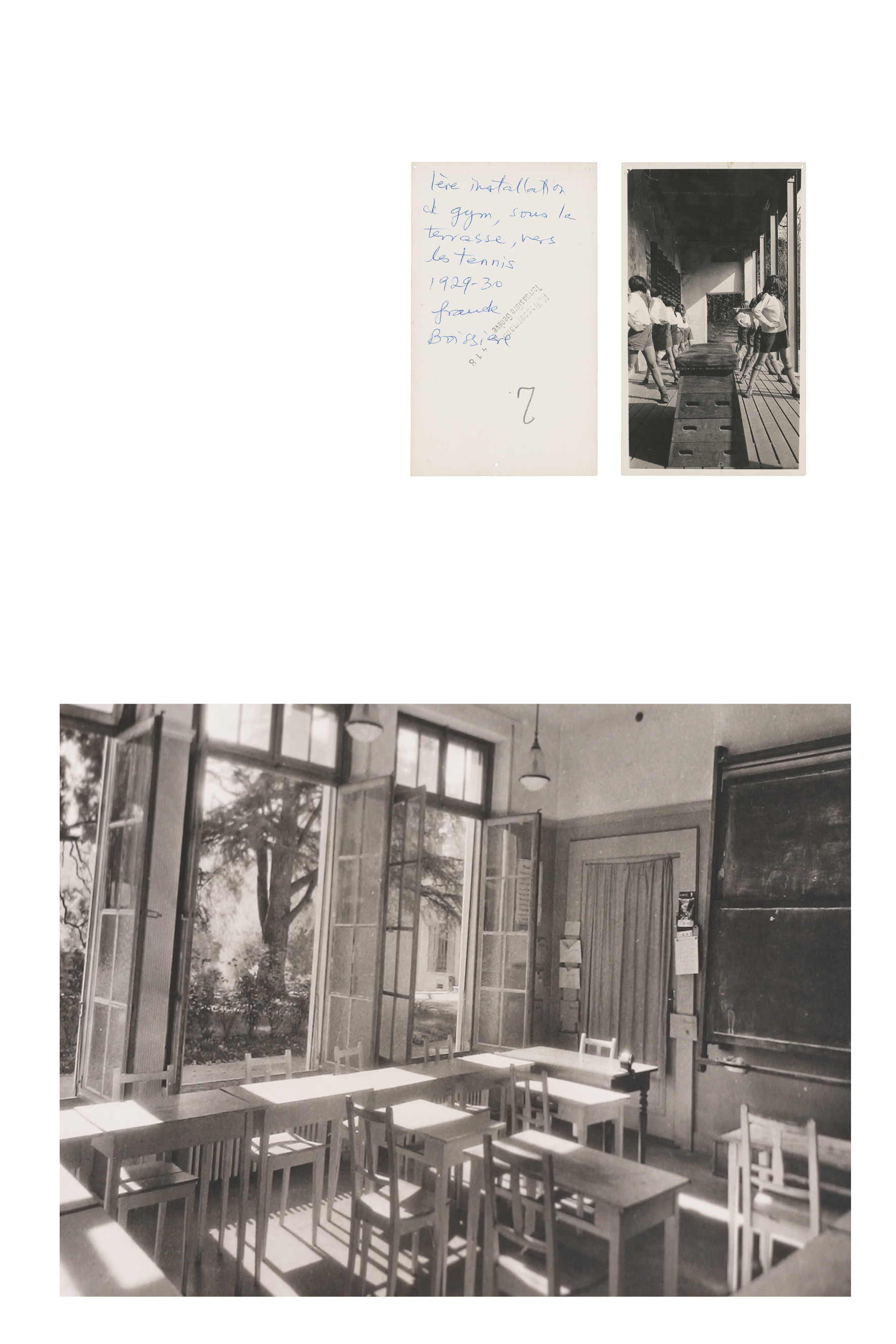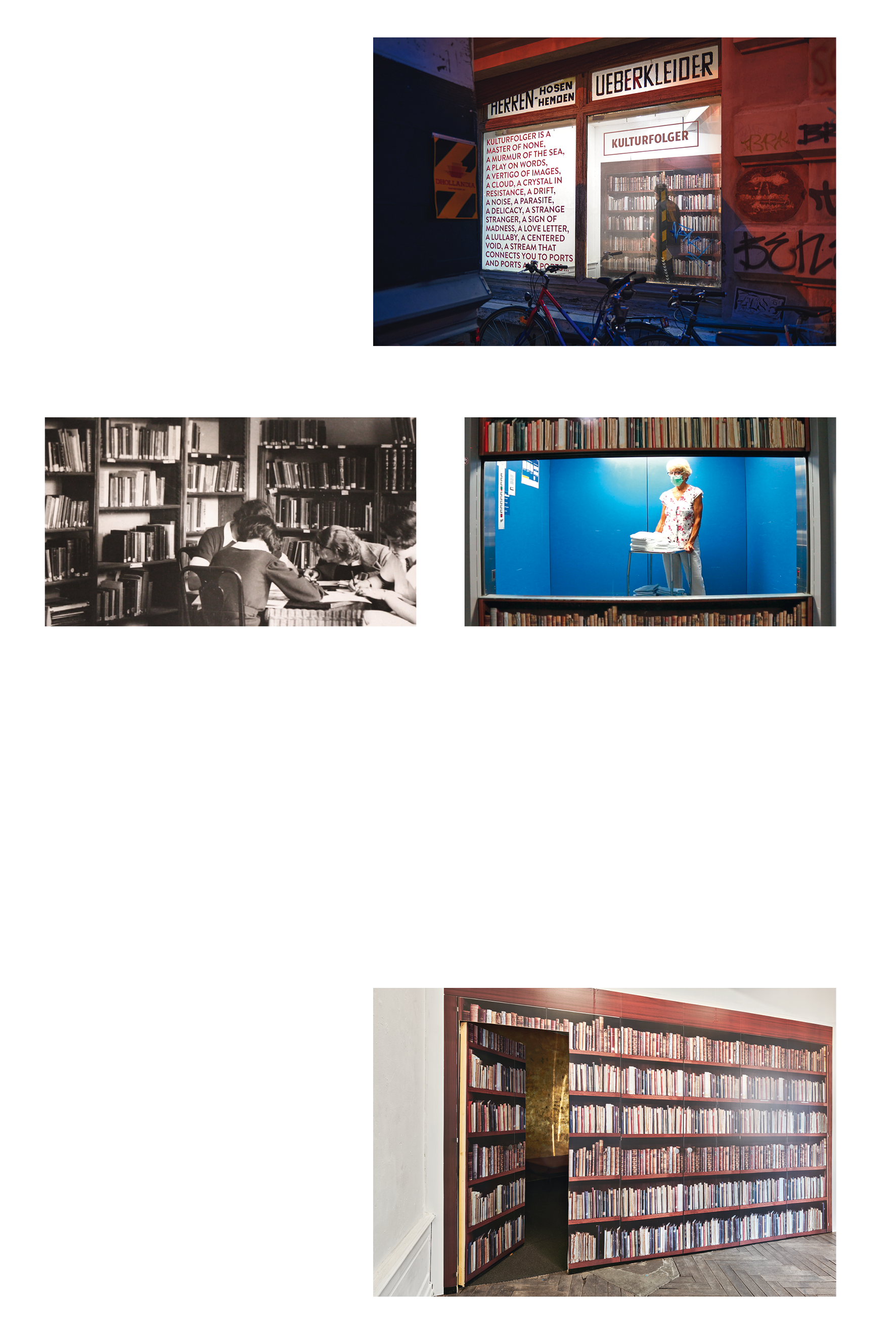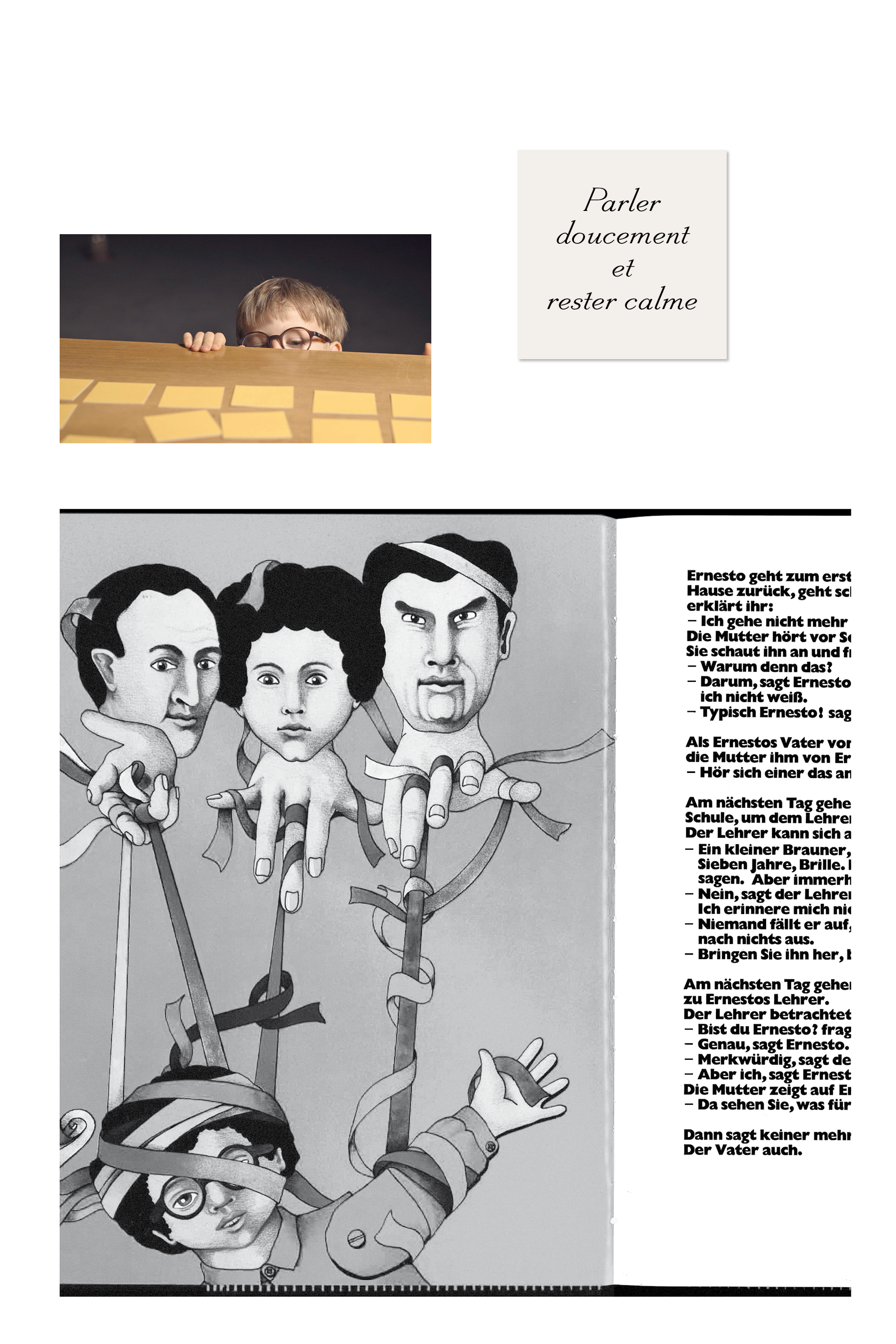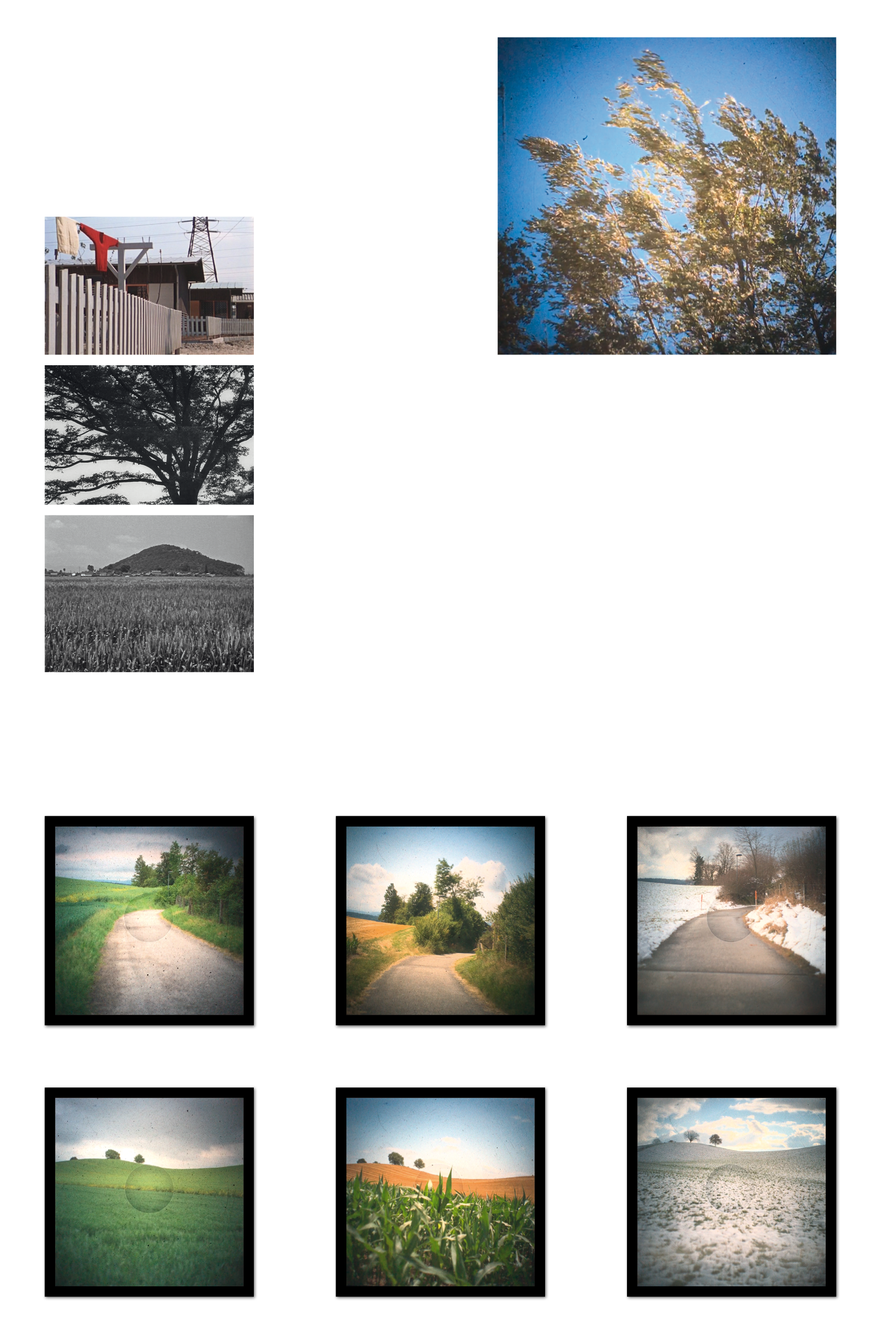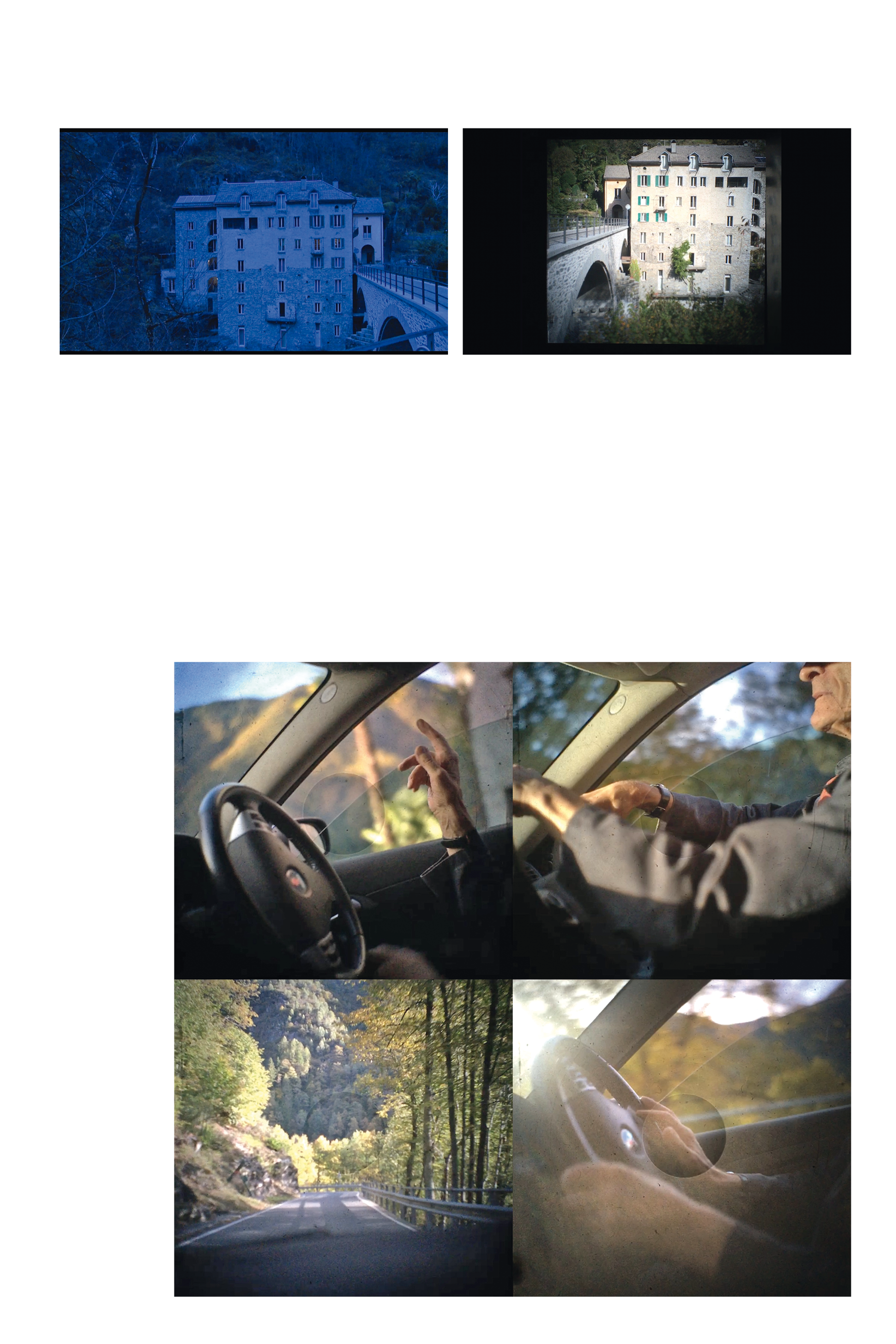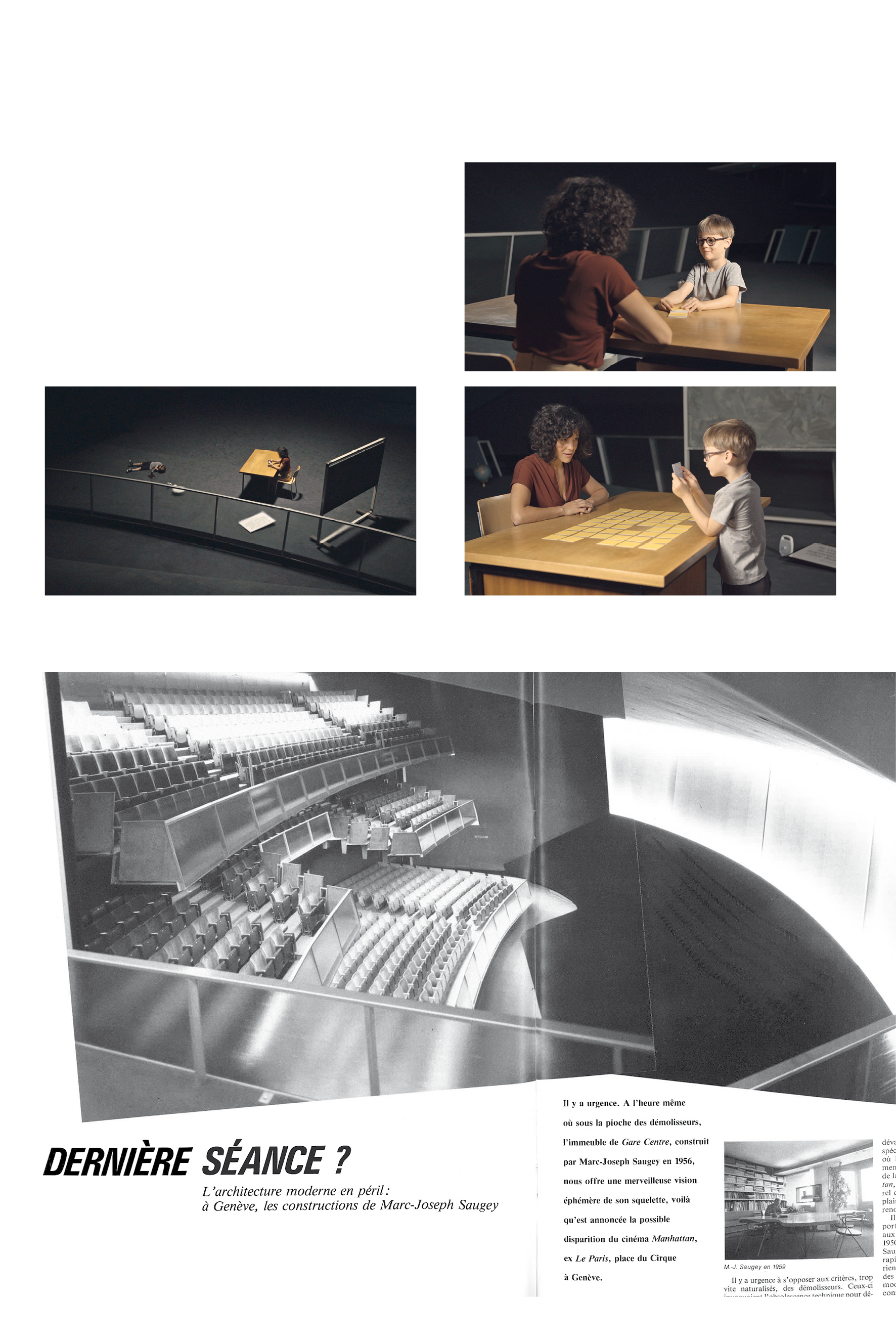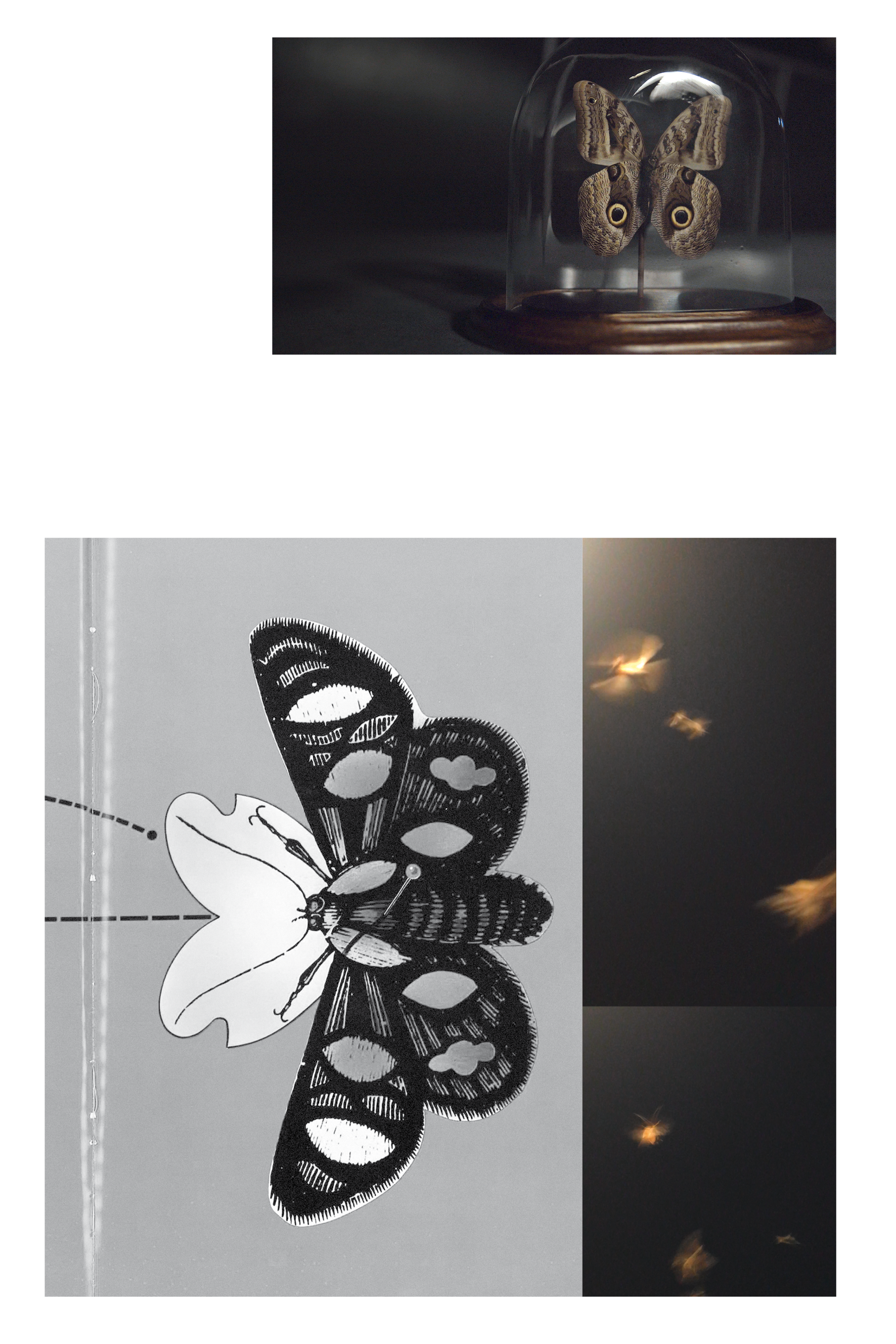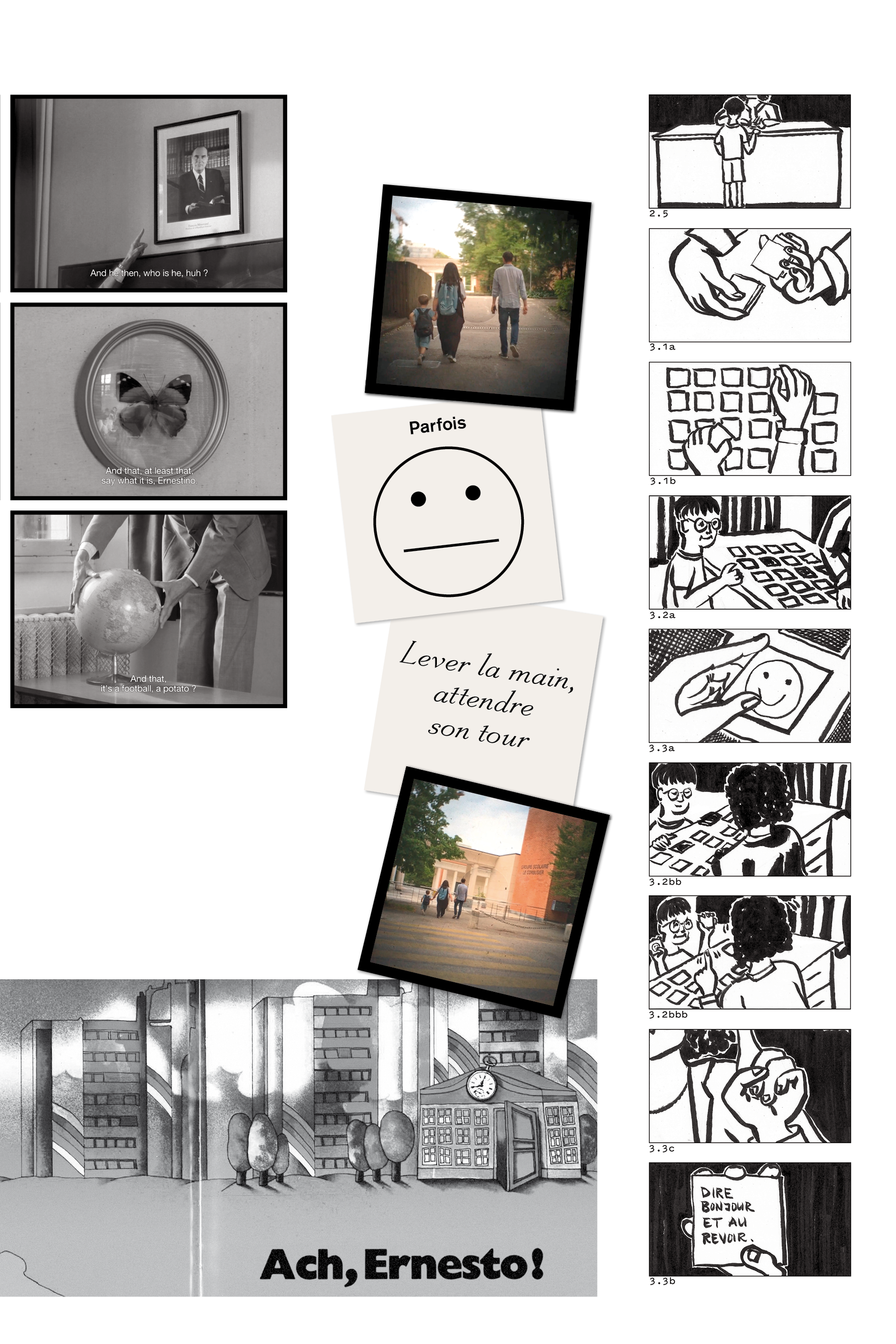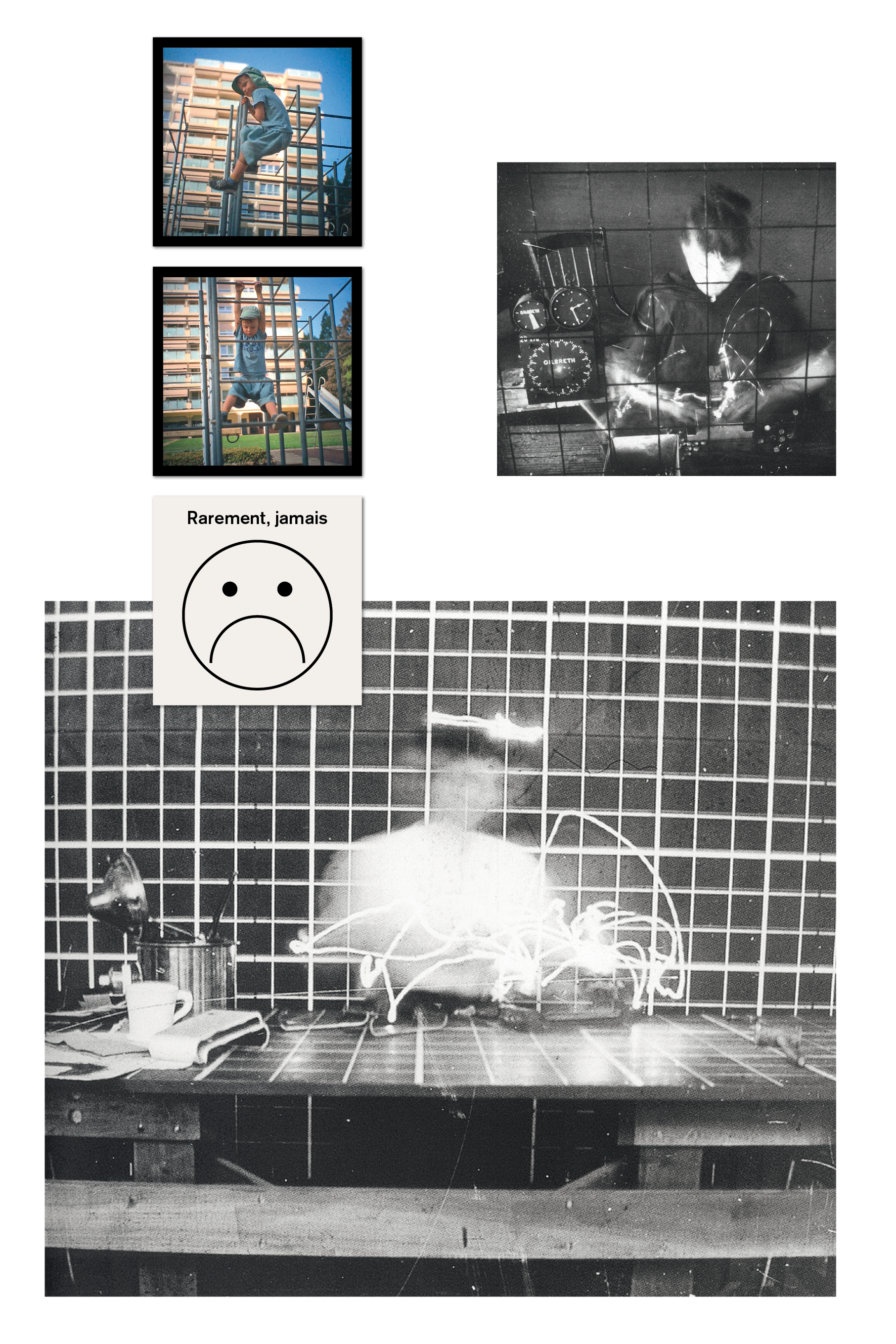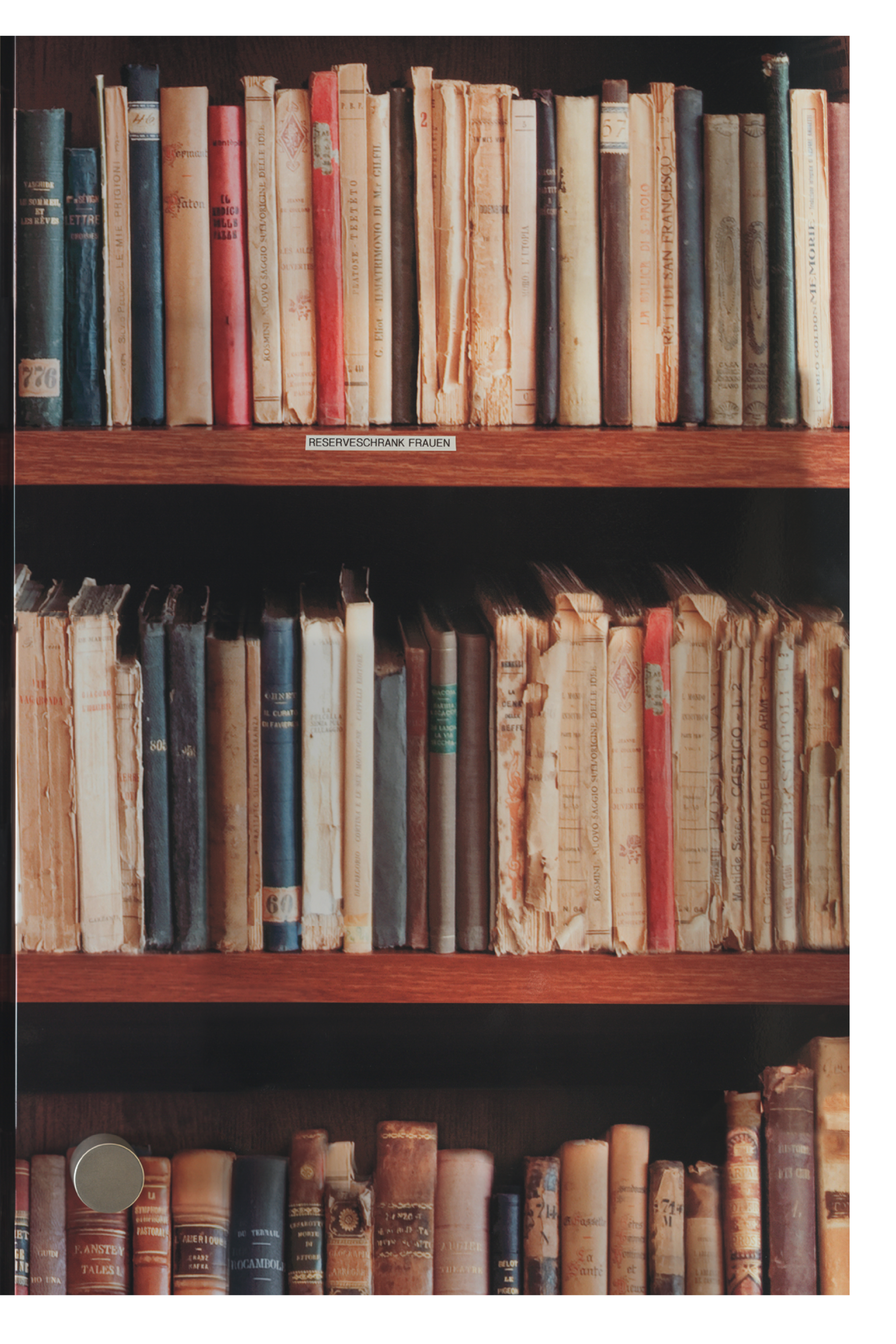The film-essay Face No Dial of a Clock is about research and the potential of material as sensory ‘tangible insights’. Narration and montage are attempts to understand, and to create and invite singular ways of knowing. The voice of the voiceover in the film-essay is that of the researcher thinking aloud as she handles the material. The narrator does not correspond to a person visible in the images, but nor is she an all-knowing narrator. Her position remains a fluctuating one, sometimes commenting and reporting, and sometimes participating and involved. The voiceover is mainly asynchronous with the images – slightly offset, it speaks of something which is already no longer visible, or else anticipates something which only becomes visible later. Only occasionally do the words match what we see. Rather than speaking from a position above or behind the images, the narrator speaks near the images.60 Although the voiceover mainly narrates in the past tense, the voice speaks from the present of the images, in the same space: this Denkraum, in which images and thoughts are articulated, is that of the editing room, which is in a way transposed into the film-essay [D is for Denkraum, for Darkness]. Through the asynchronous montage between the two images and the voiceover, viewers are called upon to draw further connections themselves, or rather, it is only with time that they will be able to make and understand such connections.
In terms of content, it quickly becomes clear that the voiceover is presenting the narrative of a research process – but the aim of this research is not made clear. The film is about the search itself, and about letting ourselves, as viewers, become involved in the process of searching. Indirect speech, periscopic narration “round one or two corners”,61 as W. G. Sebald calls it, is one of the ways in which narration can be established as a polyphonic (mental) dialogue, at the same time revealing that what is being reported is always at a remove. Through this, in W. G. Sebald’s words, “the relativization of the persons and positions being described becomes very tangible,” so that we “see and comprehend that ultimately everything is going through the mind of the writer and then, in this way, the writer also lays his or her cards on the table”.62
If we apply this to the ways in which language can be approached in film, periscopic speech differs from the most conventional forms of speech used in documentary (interview, commentary), feature film (dialogue), and experimental film (no speech). Keeping the narrator suspended between a scholar conducting research and an author writing fiction ought to create a fruitful uncertainty: listeners should not doubt the honesty of the narration (what is true?) but should be urged to question what is said, to connect it together and build up their own picture.
The off-screen voice may be a kind of narration which is particularly dependent on orality, but because this voice explicitly reads aloud at some points (quoting from Maya Deren’s voodoo report, for instance), its scope is expanded: written language bridges time in a different way from sound recordings, photography or film. Even when a text narrates from the past, fresh perceptions arise in the moment of reading: through the inner dialogue,63 the internal action64 of reading, the reader translates the letters, the words, the sentences into their own images, feelings, or words. Siri Hustvedt, for example, talks of the book as familiar ground, a meeting place for two consciousnesses, but also for “two unconsciousnesses”65 – that of the author and that of the reader. Such encounters, which cross time, can create an experience of intersubjectivity.
“Do you remember the photo of the girls doing synchronized morning gymnastics in two rows, their faces turned away from the camera?” Sending that photo without comment, Chiara writes to me, is the only sign she was able to give during her second, secretive visit to Geneva.
Voiceover text Face No Dial of a Clock, extract 1
Memories change with time, and as Hustvedt and others have pointed out, they are not only part of our conscious knowledge. We mainly remember without noticing that we are doing so. “There are no warehouses in our brains where material is stored and waits to be retrieved in original form.”66 In cognitive science and neurology, metaphors such as ‘the mind as a machine’ and ‘the brain as a computer’ are often used, contributing to the way in which memory is imagined as something that can be located and ‘saved’. Such images, which language tends to use to imagine memory, neglect important aspects of the process of remembering, such as the fact that it is embodied and situated. To better understand the role of the body and the feelings in memory processes, Hustvedt sees literature as having the potential to create different images of experience, grounded in the close relationship between our abilities to remember and to imagine.67
I can remember the exact moment I received Chiara’s photograph of the image in the archive. Even if it would never have occurred to me that she was, at the same time, only a few hundred meters away from me, this image was a moment of synchronicity between us. Often when we sent pictures to each other, usually without comment, an indescribable connection arose which felt like a touch. Perhaps this is the reason why I can remember the moment so well: the camera was still running, even though the interview with the boy was over.
Voiceover text Face No Dial of a Clock, extract 2
As I worked on writing the voiceover text, these implications of reading as a process of bringing closeness to mind across (temporal) distances became palpable in a very concrete way: as work on the text, not only in the sense that phenomena of synchronization are expressed in language, but also specifically in grammatical choices. In the leeway offered by the nuances of possible tenses, I came to a realization. The narrative strand about Chiara is written in the past tense, mainly in the imperfect tense (which does not exist in Swiss German dialects). Because the historical present is used at certain points, there are some moments in which the narration and the past events being narrated become one and are produced through speech itself: the (inner) perception of the events being narrated becomes just as vivid as if it were playing out in front of our eyes. The (fictional) letter from which I quote in the voiceover (extract 1) was written by Chiara a long time ago. But as soon as I read (aloud) what she wrote, the focus is no longer on the act of writing it, but on the act of reading it in the present, in which the text speaks to me. It is not Chiara who wrote, but the letter which writes, or rather, Chiara is written by the letter and does not stop writing; every time I read it, her voice is evoked. The letter continues to write, and it writes Chiara into existence as she writes.
Whether the shift in tenses can have an effect also depends on the structure of the description, and especially on the willingness of the listeners. But the narrative present can certainly contribute to creating a space in which we experience the blurring of boundaries between the past and the present, between memory and imagination.


